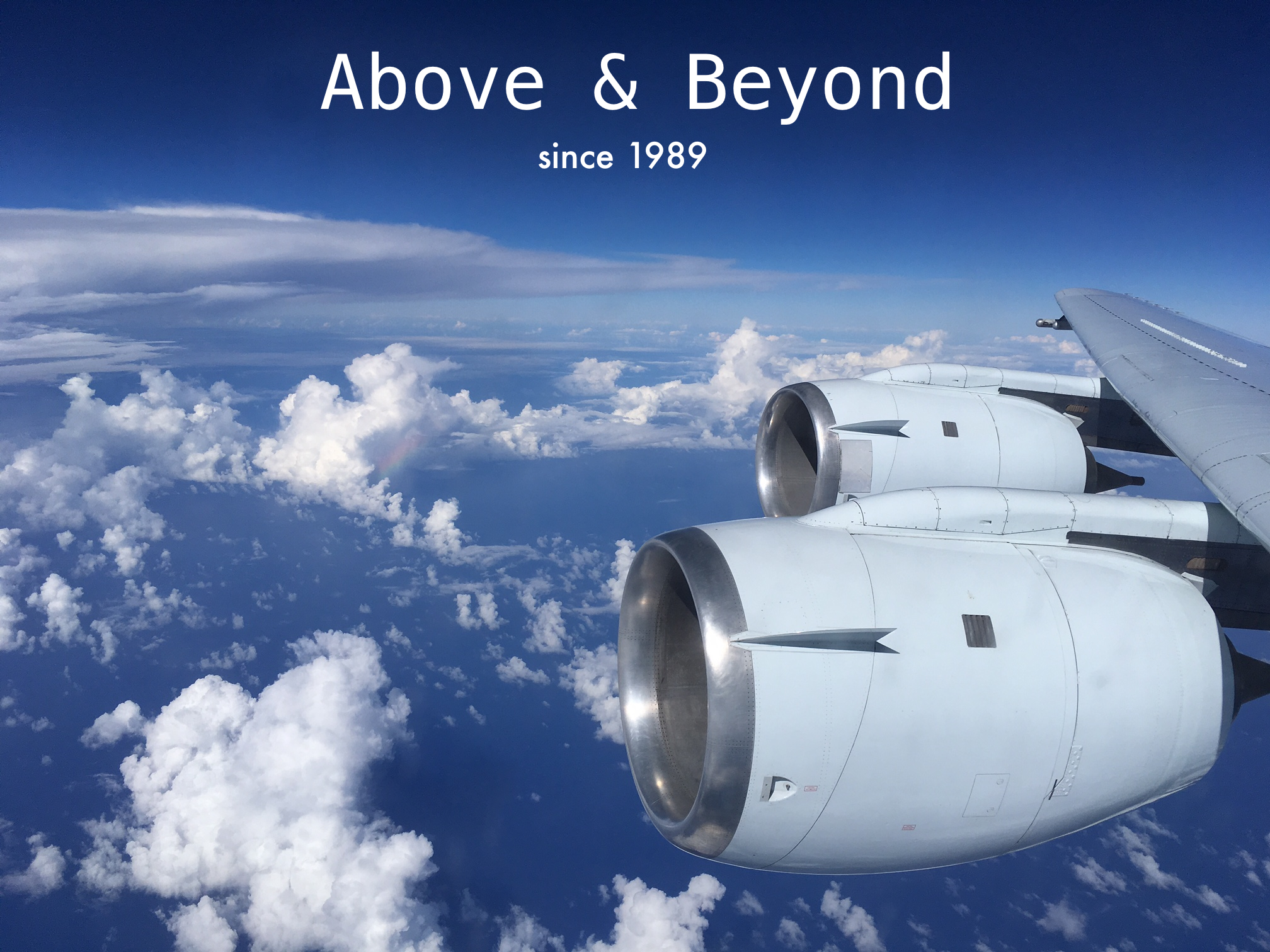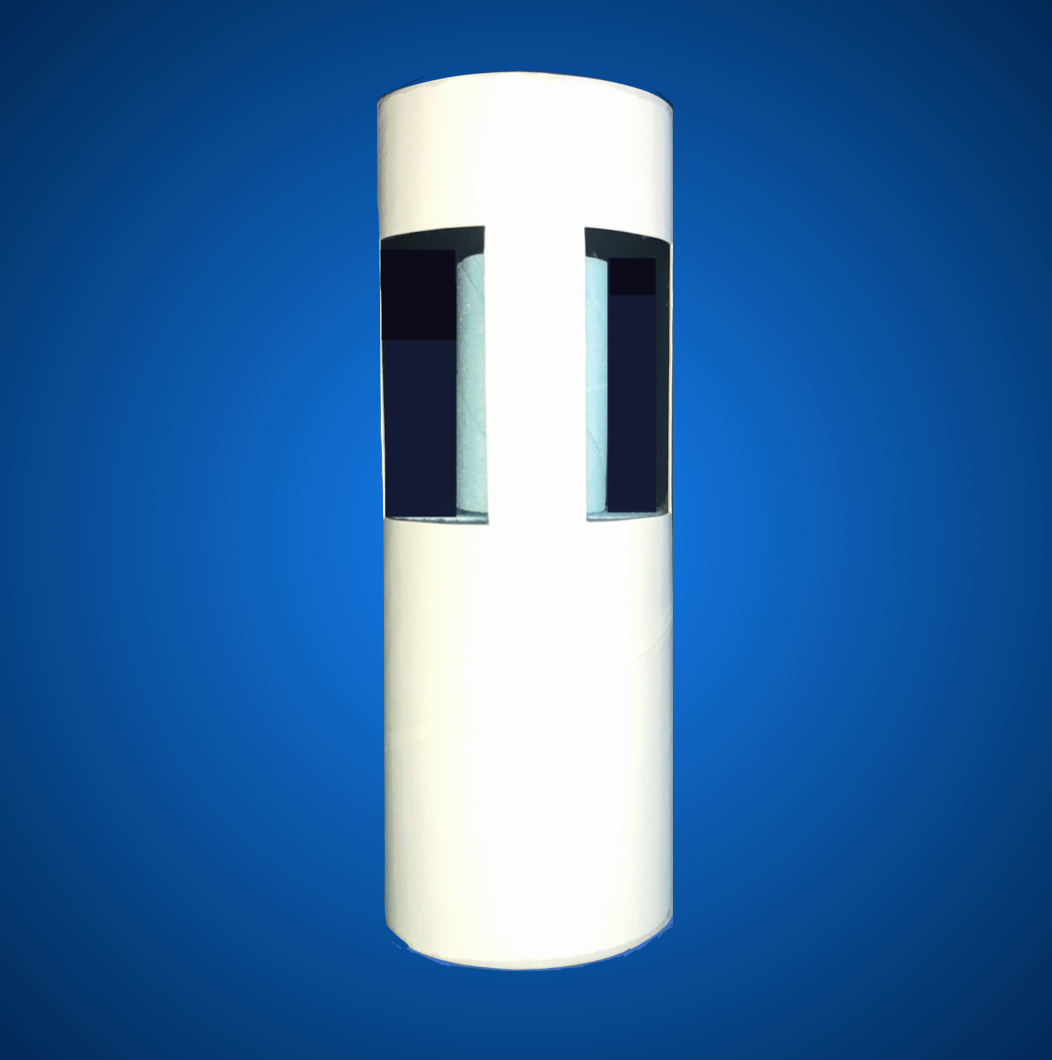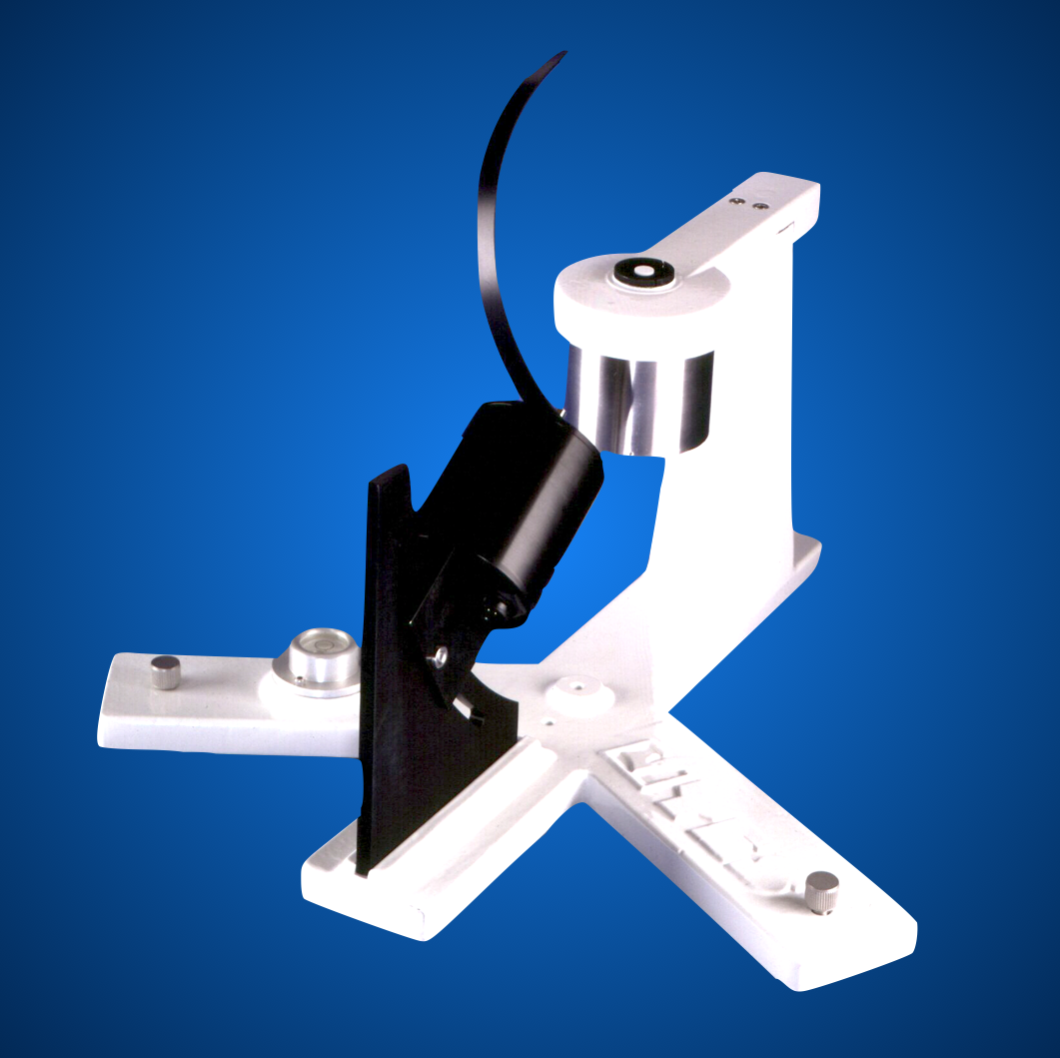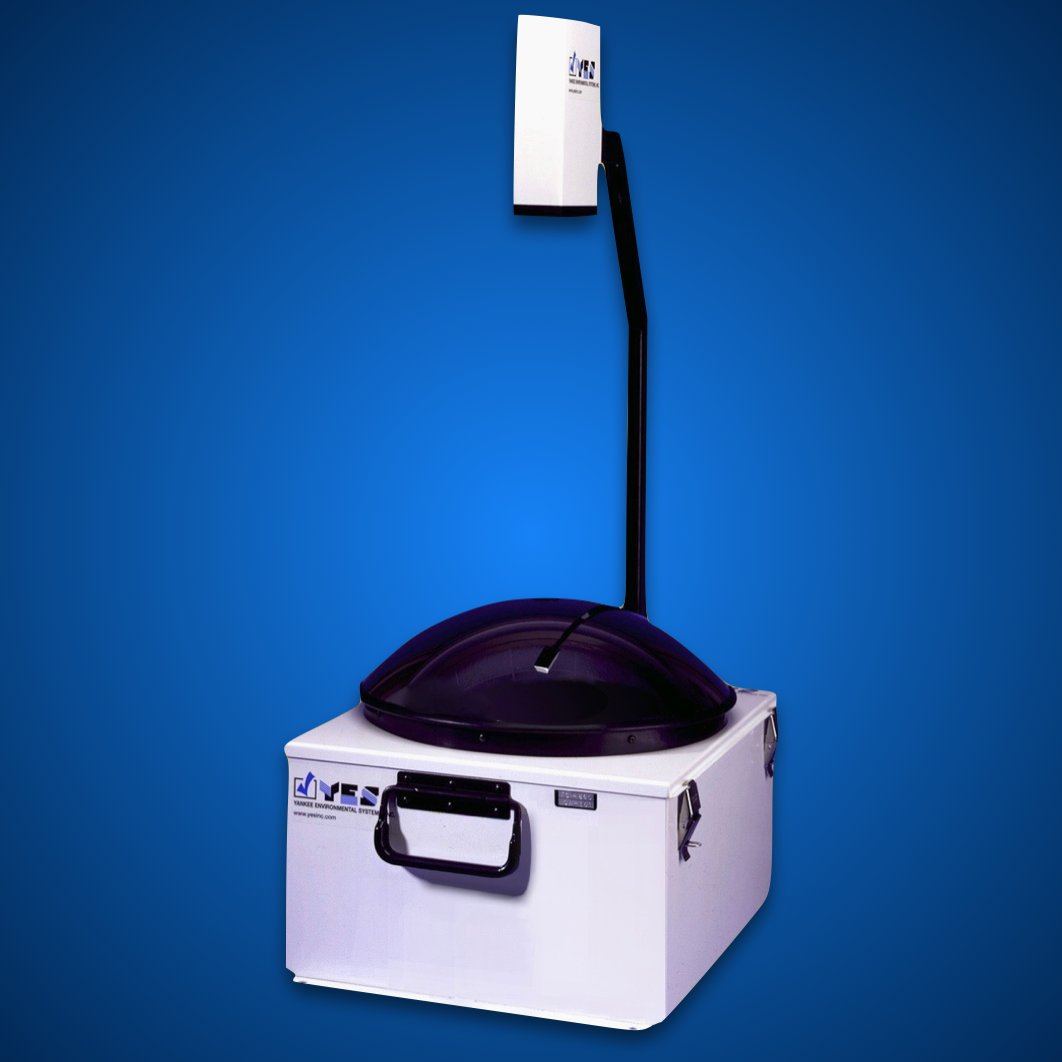Precision Meteorological Hygrometer
Description
The Model PMH-2006 is a precision ambient dew/frost point measuring system designed for the meteorologist, climatologist, or atmospheric scientist. It provides the highest accuracy available on the market. Dew point temperatures above 0° C are determined to an accuracy of ±0.2° C, while frost point temperatures down to -70° C have an accuracy of ± 0.5° C, using an aspirated intelligent, CPU-managed chilled mirror dew/frost point hygrometer sensor. Above 0° C, the hygrometer tracks the dew point temperature; below 0° C, it tracks the frost point temperature.
Historically, techniques other than direct measurement of ambient temperature have provided support for the global warming issue, but precise knowledge of atmospheric water vapor is also a fundamental component to understanding the Earth's climatic mechanisms and hydrological cycles. Observational errors in climatic water vapor measurements can be reduced using the PMH-2006.
Features
Highest accuracy available on the market
"Smart" sensor, microprocessor-managed
Outputs in analog voltage and digital RS-232, inputs protected from polarity reversal and overvoltage
Reliable solid-state detection technology; temperature depression permitting dew/frost point measurement to as low as 6% RH
Specially plated hygrometer mirror to prevent corrosion and readily accessible for cleaning through "no tools" box cover.
Automatic detection and indication of fan failure
Applications
The PMH-2006 offers more precision than existing ambient humidity measuring systems, making it ideally suited for:
Professional grade meteorological stations
Aviation weather system upgrades
Field accuracy checks of other field sensors
Industrial calibration laboratories
Agricultural and global climate change research
Mechanical Configuration
The PMH-2006 electronics are packaged in a weatherproof NEMA-type PVC enclosure.
Electrical

PMH-2006 system
and mechanical components are designed to operate over a temperature span of ± 50° C; reduced aspirator motor life can be expected when system installation temperatures are below -50° C due to bearing lubricant degradation. The system typically mounts two meters above the ground to a customer tower or support.
Digital Output Data Format
The RS-232 serial digital output is used to fully cover the resolution and precision of measurements. The output stream is similar to other automated surface observation system thermohygrometers (e.g. the TSL Model 1800). The PMH-2006 responds to a "T" string at the serial port with a constant length record. This includes a T echo; then a five-digit-long right-justified dew/frost point temperature value (selectable as ° C or ° F via an on-board jumper); followed by a mirror status and blower status; terminating with CR and LF characters. An example of a PMH-2006 fixed length output record follows:
T 22.54 DIRTY=0 FANFAIL=0
PMH-2006 functional block diagram
Internal CPU Operation
The PMH-2006 is controlled by an embedded microprocessor CPU that serves several functions:
At power up, the processor monitors a heating cycle whereby the chilled mirror is heated to approximately 48° C and a measurement of the dry mirror reflected signal is obtained.
Measurements are compared to a reference signal to determine if the mirror is in need of cleaning. A test heating cycle is automatically performed once daily at midnight UTC, as determined by an on-board clock/calendar.
While monitoring the serial port for commands, continuous measurements of the dew point are made by the ADC.
Upon receipt of the query command (T1), the CPU outputs a single data record, containing the dew/frost point temperature, and mirror condition of "CLEAN" or "DIRTY", as well as fan function.
The CPU performs digital filtering of the data to minimize measurement noise.
The D/A converter's analog output indicates the prevailing dew/frost point temperature.
Electrical Connections
Two foil-shielded 10' (3m) long cables are supplied with pig tails for interface to the user's junction box:
DC power input; isolated return analog output
RS-232 three-wire digital interface (hardware handshaking lines are not required)
Cable runs are possible up to 50' via a user cable splice or junction box. Both DCE and DTE RS-232 serial interfaces can be interfaced.

PMH-2006 software interface
Available Options
Spare aspiration blower
MS-Windows 9x/NT or Mac viewing software
Development History
The PMH-2006 is a subset of the Model MET-2010, itself the result of an intensive five-year R&D effort, sponsored in part by the United States Department of Agriculture, to develop and field test an improved means of measuring ambient temperature at climatological monitoring sites. The MET-2010 represents the first major improvement in air temperature measurement since the introduction in the 1970s of the Gill radiation shield.
The measurement of ambient air temperature is fundamental to the study of global climate and climate change mechanisms. Assessing the degree of global warming occurring from the increase of so-called "greenhouse gases" has been frustrated by variations in long-term temperature records due to earlier ambient temperature sensors that had calibration drifts. These variations stemmed from a variety of factors, including changes in the technology of measurement, methods of exposing the instrument, frequency of data collection, methods of calibration, and the training and dedication of the person collecting the data.
Mechanical Interface
Specifications
|
Power Required |
11-14 Vdc, 4 Adc max, 1.3A nominal; input to system protected from polarity reversal, surges, & overvoltage |
|
Environmental operating range |
± 50° C |
|
Analog output |
± 5.000 Vdc ≈ ± 50.0° C, (14-bit DAC yields 0.05° C resolution) |
|
Digital output |
RS-232, 9600 baud 8-N-1, ASCII (14-bit 0.01° C resolution) |
|
Air flow |
Approximately 400 FPM |
|
Dew/frost point range |
At 22° C ambient temperature, dew/frost measurements can be made to -18 ° C. |
|
Dew/Frost Point Accuracy |
Dew points: ± 0.2 ° C; Frost Points: ± 0.5° C |
|
Sensitivity |
± 0.01 ° C |
|
Repeatability |
± 0.01 ° C |
|
Hysteresis |
None |
|
Slew rate |
Typically 1.5 ° C per second |









